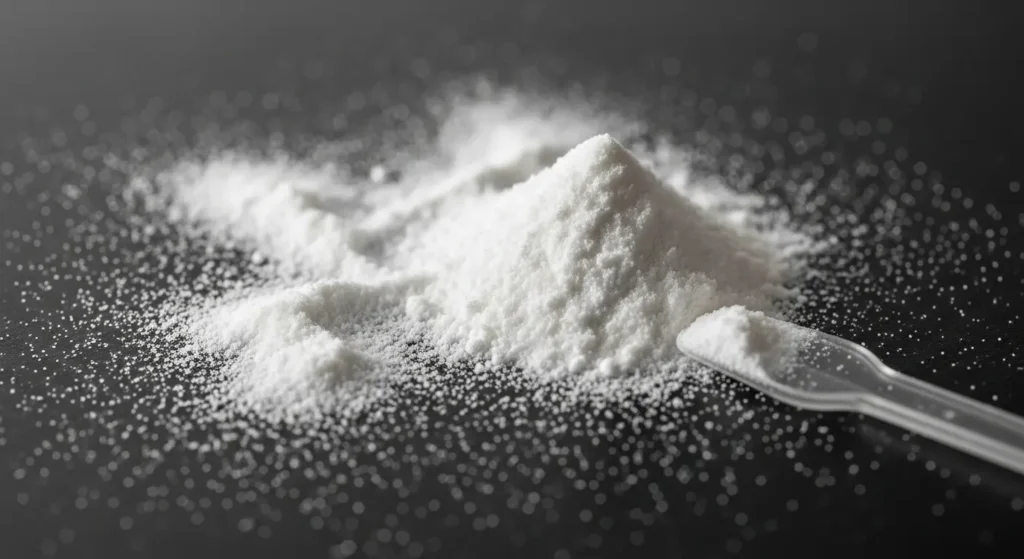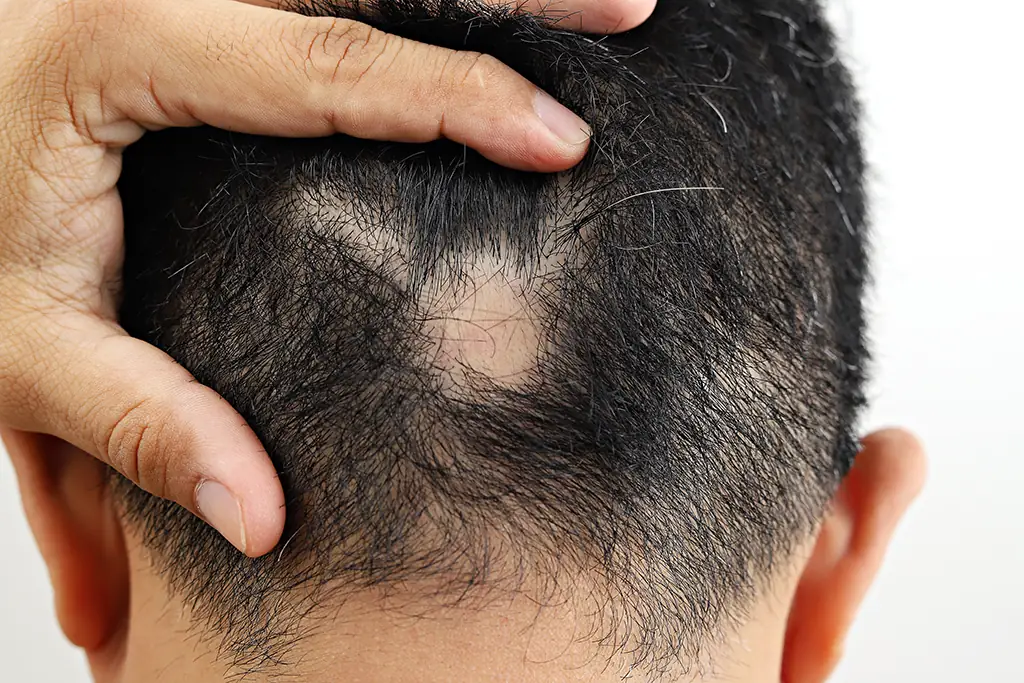If you’re dealing with thinning hair or pattern baldness, you’ve probably come across new treatments and wondered what works. One option generating attention is azelaic acid and hair loss research, which explores its potential to slow hair thinning, reduce scalp inflammation, and even boost follicle health.
In this guide, you’ll learn how azelaic acid works, what studies say, how to use it safely, and whether it might be a helpful addition to your hair care plan—all explained with clarity, evidence, and expert-backed insights.
What Is Azelaic Acid and Why It’s Gaining Attention for Hair Loss

Azelaic acid is a naturally occurring dicarboxylic acid found in grains like barley and wheat. Traditionally, dermatologists have prescribed it for conditions such as acne and rosacea because of its anti-inflammatory, antioxidant, and antimicrobial properties.
Origins and Uses Beyond Hair Care
- Treats acne and rosacea by reducing bacteria and calming skin inflammation.
- Available in cream, gel, or serum form (usually 10–20%).
- Now being studied for potential benefits in scalp and hair follicle health.
Mechanisms That Matter for Hair Loss
Research suggests azelaic acid may play a role in:
- DHT inhibition (5-alpha reductase blockade): DHT is a hormone strongly linked to male and female pattern baldness.
- Anti-inflammatory action: Reduces irritation and scalp inflammation, which can worsen hair loss.
- Antioxidant support: Neutralizes oxidative stress that damages follicles.
- Catalase activation: May help protect hair follicles against hydrogen peroxide buildup, which is linked to premature thinning and greying.
Unique Scalp Health Benefits
- Antimicrobial effect: Reduces yeast and bacteria overgrowth on the scalp.
- Supports follicle environment: A healthier scalp promotes stronger regrowth and reduces breakage.
What Research Shows — Evidence at a Glance
While not as widely studied as minoxidil or finasteride, several trials and lab studies highlight azelaic acid’s potential.
Azelaic Acid vs. Minoxidil in Female Pattern Hair Loss
- A clinical study compared azelaic acid with minoxidil in women with androgenetic alopecia.
- Findings: Azelaic acid showed measurable regrowth, though results were not as strong as minoxidil.
Azelaic Acid vs. Anthralin in Alopecia Areata
- A 20% azelaic acid cream was tested against anthralin in patchy alopecia areata.
- 53% of patients using azelaic acid saw regrowth, compared to 40% with anthralin.

Combination Therapy: Minoxidil + Azelaic Acid
- Some research suggests synergistic effects when azelaic acid is paired with minoxidil.
- May help improve penetration and reduce scalp irritation.
Animal Model Research
- In studies combining azelaic acid with vitamin B6, animals showed thicker follicles and increased growth factors.
Evidence Summary
- Azelaic acid shows promise but is not yet a first-line FDA-approved treatment.
- More large-scale human studies are needed.
How to Use Azelaic Acid for Hair Loss Safely and Effectively
If you’re considering adding azelaic acid to your regimen, here’s what to know:
Available Concentrations
- Typically found in 5–20% topical formulations.
- For scalp use, most dermatologists recommend starting with lower concentrations (around 5–10%).
Application Tips
- Apply directly to the thinning or affected scalp area.
- Use once daily at night (unless advised otherwise).
- Massage gently to improve absorption.
- Optional: Microneedling or dermaroller treatments may enhance penetration, but should be done under professional guidance.
Combining With Other Treatments
- Works best as an adjunct, not a stand-alone solution.
- Common combinations:
- Minoxidil + azelaic acid (to reduce DHT and improve blood flow)
- Topical finasteride + azelaic acid (extra DHT suppression)
- Caffeine serums or ketoconazole shampoos for scalp support

Safety, Side Effects & Who Should Be Cautious
Like all topical agents, azelaic acid is generally safe but not risk-free.
Common, Mild Effects
- Itching
- Redness
- Dryness or scaling
Less Common but Possible
- Burning or stinging sensation
- Temporary flaking
Rare Adverse Reactions
- Severe irritation
- Blistering
- Systemic allergic reaction (very rare)
Formulation Challenges
Azelaic acid is not very soluble in water, which makes bioavailability a challenge in scalp formulations. Professional-grade products usually overcome this with specialized vehicles.
When to Stop and Seek Help
- If you experience worsening irritation or allergic reactions, discontinue use and see a dermatologist.
FAQs About Azelaic Acid and Hair Loss
Does azelaic acid cause new hair regrowth?
It may promote regrowth in some cases, particularly alopecia areata, but results vary.
Is it more effective than minoxidil?
No. Minoxidil remains the more evidence-backed option, but azelaic acid may complement it.
How fast will I see results?
Mild improvement may be noticed in 3–4 months, but consistency is key.
Can men and women both use it?
Yes. Both can benefit, but safety during pregnancy and breastfeeding is unclear—consult your doctor.
Can I combine azelaic acid with minoxidil or finasteride?
Yes, many dermatologists recommend combination therapy for better results.
Next Steps
Azelaic acid is not a miracle cure, but it does have scientific support for reducing scalp inflammation, blocking some DHT activity, and supporting follicle health. While results are modest compared to minoxidil or finasteride, it can be a valuable part of a broader treatment plan.
👉 Book a consultation with Dr. Rana Irfan in Islamabad today to get a personalized hair loss treatment strategy—including whether azelaic acid is right for you.
